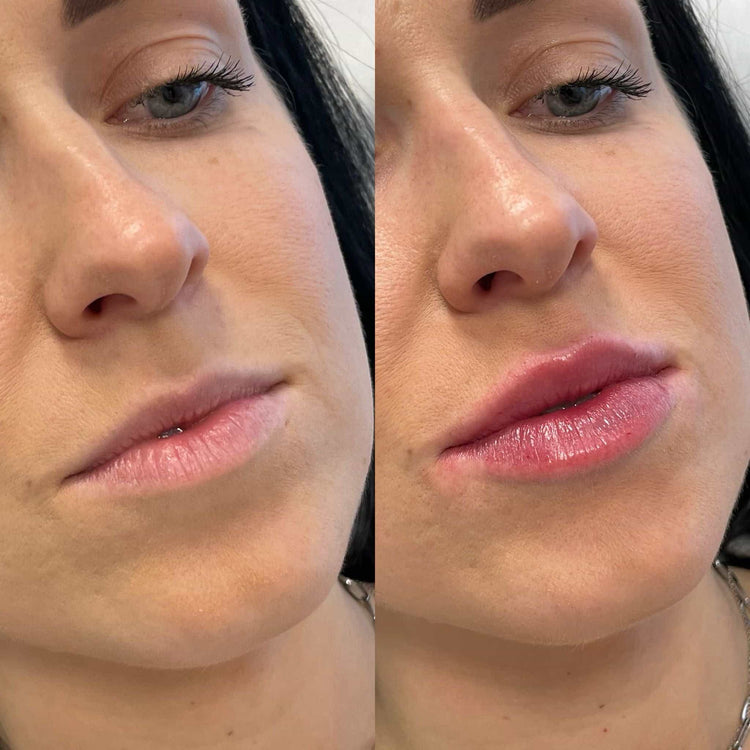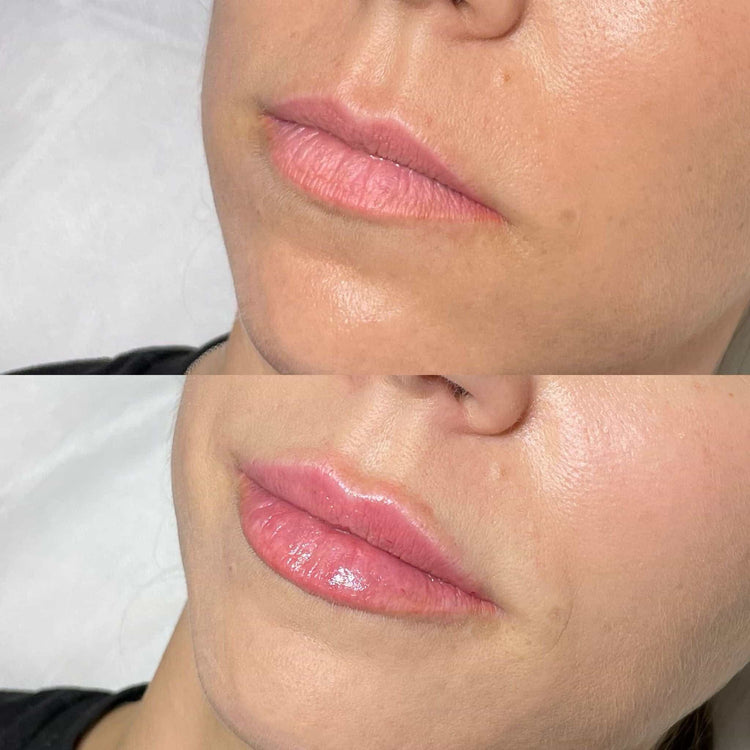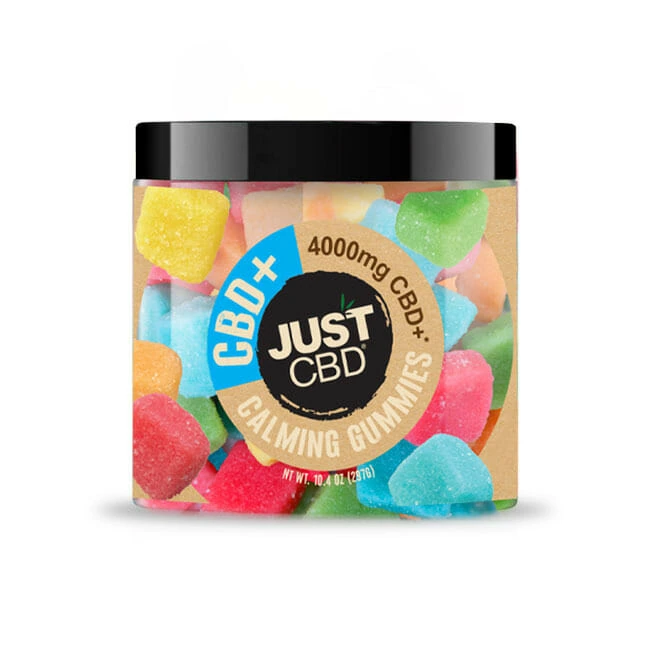Obagi Blue Peel Radiance Peel Near Peper Harow, Surrey
Learn the Benefits and Risks of Dermal Fillers at It’s Me and You Clinic
Benefits of the Obagi Blue Peel Radiance
Skin Rejuvenation

The **Obagi Blue Peel Radiance** is a superficial chemical peel that utilizes a blend of potent acids to revitalize and rejuvenate the skin. This peel is particularly popular for addressing mild to moderate signs of aging, uneven skin tone, and acne scarring.
One of the key benefits of the Obagi Blue Peel Radiance is its ability to stimulate **collagen production**. Collagen is a protein that provides structure and elasticity to the skin. As we age, collagen production naturally declines, leading to wrinkles, fine lines, and sagging skin. The peel’s exfoliating action triggers the body to produce more collagen, resulting in a firmer, smoother complexion.
Another significant benefit is its effectiveness in improving **skin tone and texture**. The peel targets hyperpigmentation, including sun spots and age spots, by breaking down melanin pigment. This leads to a more even and luminous complexion. Additionally, it helps to smooth out rough patches and uneven skin texture, leaving the skin feeling softer and more refined.
The Obagi Blue Peel Radiance is also known for its ability to reduce the appearance of **acne scars**. Acne scarring can leave behind discolored patches or indented marks. The peel’s exfoliating action helps to resurface the skin, minimizing the visibility of these imperfections.
Furthermore, the peel promotes cell renewal, resulting in a brighter and more youthful complexion. By removing dead skin cells, it allows fresh, new cells to come to the surface, revealing a healthier and more radiant glow.
Overall, the Obagi Blue Peel Radiance is a versatile treatment that can deliver a range of benefits for those seeking to improve their skin’s health and appearance.
Improved Skin Texture
The Obagi Blue Peel Radiance is a superficial chemical peel designed to improve skin texture and tone. It uses a blend of potent ingredients, including blue tetrahydroquinone and salicylic acid, to achieve these results.
Discover How Botox Can Benefit You with Dr. Laura Geige
Here are some key benefits of the Obagi Blue Peel Radiance for improved skin texture:
-
Reduction in fine lines and wrinkles:
-
Smoother skin surface:
-
Minimized pore size:
-
Improved clarity and evenness of skin tone:
The Obagi Blue Peel Radiance works by exfoliating the outermost layer of skin, revealing fresher, healthier cells beneath. This process stimulates collagen production, which helps to improve skin elasticity and firmness, further enhancing texture.
It can be particularly beneficial for individuals with:
-
Mild to moderate acne scars
-
Sun damage and hyperpigmentation
-
Dullness and lack of radiance
It is important to note that the results of the Obagi Blue Peel Radiance may vary depending on individual skin type, concerns, and lifestyle factors. Consulting with a qualified skincare professional who offers this treatment near Peper Harow, Surrey, is essential to determine if it is suitable for your needs and to discuss realistic expectations.
Reduced Hyperpigmentation
Obagi Blue Peel Radiance is a superficial chemical peel designed to address a range of skin concerns, particularly hyperpigmentation. This peel utilizes a blend of carefully selected acids to exfoliate the outer layers of the skin, revealing fresher, brighter skin underneath.
The benefits of Obagi Blue Peel Radiance for reducing hyperpigmentation are numerous:
- Even Skin Tone: The peel works by targeting melanin production, which is responsible for skin color. By reducing excess melanin buildup, it helps to even out skin tone and diminish the appearance of dark spots, freckles, and post-inflammatory hyperpigmentation.
- Improved Texture: The exfoliating action of the peel also smooths the skin’s texture by removing dead skin cells. This leads to a more refined and youthful complexion.
- Reduced Sun Damage: Hyperpigmentation is often caused by sun exposure. Obagi Blue Peel Radiance can help to fade existing sun damage and protect against future damage by stimulating collagen production, which helps strengthen the skin’s natural barrier.
- Long-Lasting Results: While a single peel provides noticeable improvement, multiple treatments spaced several weeks apart are often recommended for optimal and long-lasting results.
It’s important to consult with a qualified dermatologist or skincare professional to determine if Obagi Blue Peel Radiance is the right treatment for your specific skin concerns and needs.
The Procedure
Preparation
The Obagi Blue Peel Radiance is a superficial chemical peel designed to improve the appearance of various skin concerns. It uses a blend of **glycolic acid**, **salicylic acid**, and other ingredients to exfoliate the top layers of the epidermis.

Before undergoing any chemical peel, including the Obagi Blue Peel Radiance, thorough preparation is essential to ensure optimal results and minimize potential side effects. Here’s a breakdown of the preparatory steps typically involved:
**Consultation:** It all begins with a consultation with a qualified dermatologist or skincare professional experienced in performing chemical peels. They will assess your skin type, concerns, medical history, and medications to determine if the Obagi Blue Peel Radiance is suitable for you.
Skincare Routine Adjustment: In the weeks leading up to the peel, your skincare professional may recommend adjusting your existing skincare routine. This might include:
-
Using a gentle cleanser and moisturizer specifically formulated for sensitive skin.
-
Reducing or eliminating the use of harsh scrubs, retinoids, and exfoliating acids.
-
Applying sunscreen diligently daily, with an SPF of 30 or higher, to protect your skin from UV damage.
Sun Avoidance:** It is crucial to avoid excessive sun exposure in the weeks before and after the peel. UV radiation can increase sensitivity and the risk of pigmentation problems.
Discontinue Certain Medications or Supplements: Certain medications, such as antibiotics, retinoids, or supplements containing vitamin A derivatives, can increase skin sensitivity and may need to be temporarily discontinued before the procedure. Consult with your dermatologist for specific guidance.
**Preparation on the Day of the Peel:**
-
Avoid wearing makeup or applying skincare products to your face on the day of the peel.
-
Remove any jewelry or hair accessories that could interfere with the procedure.
-
Wear loose, comfortable clothing that doesn’t touch your face.
Following these preparation steps carefully will help ensure a smoother, safer, and more effective Obagi Blue Peel Radiance experience. Always remember to follow your dermatologist’s specific instructions for pre-peel care and post-peel recovery.
Application
The Obagi Blue Peel Radiance is a superficial chemical peel designed to revitalize and brighten the skin. It utilizes a blend of potent acids, primarily trichloroacetic acid (TCA), along with other ingredients like salicylic acid and resorcinol.
This combination effectively exfoliates the outer layers of the epidermis, removing dead skin cells and promoting cell turnover. This process results in a smoother, more even complexion, reduction in fine lines and wrinkles, and improvement in the appearance of age spots and pigmentation issues.
The Blue Peel Radiance is considered a lunchtime peel due to its minimal downtime. After application, there may be mild redness and peeling for a few days, but most individuals can return to their normal activities quickly.
The procedure typically involves cleansing the skin thoroughly followed by the application of the peel solution. The therapist will carefully assess your skin type and concerns to determine the optimal concentration of the peel.
Once applied, the peel solution will create a tingling sensation that subsides as it works its magic. A neutralizing solution is then applied to stop the reaction. Post-peel care instructions will be provided, emphasizing hydration and protection from the sun with sunscreen.
While not suitable for everyone, the Obagi Blue Peel Radiance can be a transformative treatment for those seeking a refreshed, rejuvenated appearance without extensive downtime.
It’s crucial to consult with a qualified dermatologist or esthetician specializing in chemical peels to determine if this procedure is right for you and to ensure safe and effective results.
Post-Treatment Care
The Obagi Blue Peel Radiance is a superficial chemical peel designed to improve skin tone, texture, and pigmentation. It utilizes a blend of blue acid (TCA), salicylic acid, and other ingredients to exfoliate the outermost layer of skin, revealing smoother, brighter skin underneath.
Procedure:
- Consultation:** A thorough consultation with a qualified skincare professional is essential before undergoing any chemical peel. This allows for assessment of your skin type, concerns, and medical history to determine suitability for the treatment.
- Preparation:** On the day of the procedure, avoid using harsh skincare products, makeup, or sunscreens containing retinol or AHAs. Your practitioner may also advise against consuming alcohol or caffeine before the treatment.
- Application:** The peel solution is carefully applied to the face, following a specific technique determined by your skin type and needs. You may experience a tingling or warming sensation during application.
- Neutralization:** After a predetermined amount of time (typically 5-10 minutes), a neutralizing solution is applied to stop the chemical reaction.
- Post-Peel Care Instructions: Your practitioner will provide detailed instructions on post-peel care, which may include applying specific creams or serums, avoiding sun exposure, and staying hydrated.
Post-Treatment Care:
- Initial Redness and Irritation:** Expect some redness, mild swelling, and a feeling of tightness for the first few hours after the peel. These symptoms usually subside within 24-48 hours.
- Peeling: The outermost layer of skin will begin to peel over the next few days. Do not pick or pull at the peeling skin as this can damage your new skin and lead to scarring.
- Sun Protection:** It is crucial to protect your newly exfoliated skin from the sun’s harmful rays. Apply a broad-spectrum sunscreen with an SPF of 30 or higher every day, even on cloudy days.
- Hydration: **Drink plenty of water to keep your skin hydrated and promote healing.
- **Gentle Skincare:** Stick to gentle, non-irritating skincare products recommended by your practitioner. Avoid exfoliants, retinoids, or harsh scrubs until your skin has fully recovered.
Most patients experience visible results from the Obagi Blue Peel Radiance within a few days to a week, with continued improvement over several weeks. The duration of results varies depending on individual factors such as skin type, sun exposure, and skincare habits. Maintenance peels may be recommended to maintain optimal skin health.
Choosing a Provider Near Peper Harow, Surrey
Qualifications and Experience
Choosing the right provider for an Obagi Blue Peel Radiance Peel near Peper Harow, Surrey is crucial to ensure a safe and effective treatment experience.
Begin by researching **licensed and certified dermatologists or aesthetic practitioners** in your area.
Look for providers who specialize in chemical peels and have extensive experience with the Obagi Blue Peel Radiance Peel specifically.
Verify their credentials through reputable professional organizations like the General Medical Council (GMC) or the **British Association of Aesthetic Plastic Surgeons (BAAPS).**
Reading online reviews and testimonials from previous patients can also provide valuable insights into a provider’s expertise, professionalism, and patient satisfaction.
During consultations, don’t hesitate to ask questions about their experience with the peel, potential risks and side effects, aftercare instructions, and expected results.
Inquire about the products used in the procedure and ensure they are genuine Obagi products.
A qualified provider will prioritize your safety and provide a personalized treatment plan tailored to your skin type and concerns.
Prioritize providers who prioritize open communication, patient comfort, and achieving realistic outcomes.
Consultation Process
Choosing a provider for an Obagi Blue Peel Radiance Peel near Peper Harow, Surrey requires careful consideration. A thorough consultation process is essential to ensure you select a qualified and experienced practitioner who can deliver safe and effective results tailored to your individual needs.
Firstly, research reputable aesthetic clinics and dermatologists in the Peper Harow area. Look for practitioners with extensive experience in chemical peels, specifically the Obagi Blue Peel Radiance. Check their credentials, qualifications, and any certifications they hold.
Contact Dr. Laura Geige at It’s Me and You Clinic Immediately
Online reviews and testimonials from previous clients can provide valuable insights into a provider’s expertise and patient satisfaction. Pay attention to feedback regarding the consultation process, the overall experience, and the results achieved.
During the initial consultation, be prepared to discuss your skin concerns, goals, and medical history in detail. The practitioner should thoroughly assess your skin type, condition, and any potential contraindications for the treatment. Don’t hesitate to ask questions about the procedure, risks, recovery time, and expected outcomes.
A reputable provider will explain the Obagi Blue Peel Radiance process step-by-step, addressing any concerns you may have. They should also discuss aftercare instructions and provide realistic expectations regarding results. It’s important to feel comfortable and confident in your chosen practitioner’s knowledge and experience.
Furthermore, inquire about the clinic’s hygiene standards, safety protocols, and emergency procedures. Ensure they use sterile equipment and follow strict infection control measures. A well-established clinic will prioritize patient safety and well-being.
Ultimately, choosing a provider for an Obagi Blue Peel Radiance Peel near Peper Harow, Surrey involves thorough research, a comprehensive consultation, and a good rapport with the practitioner. By following these steps, you can make an informed decision and ensure a safe and rewarding experience.
Client Reviews and Testimonials
Finding a reputable provider for an Obagi Blue Peel Radiance Peel near Peper Harow, Surrey requires careful consideration.
Start by identifying clinics or dermatologists in your local area that specialize in chemical peels and aesthetic treatments.
Online platforms like Google Maps, Yelp, and RealSelf can be valuable resources for finding potential providers and reading client reviews.
Pay close attention to reviews that specifically mention the Obagi Blue Peel Radiance Peel, as they offer firsthand accounts of patient experiences.
Look for providers with positive feedback regarding results, professionalism, and overall satisfaction.
Additionally, consider checking professional organizations like the British Association of Dermatologists (BAD) or the General Medical Council (GMC) to verify the provider’s qualifications and credentials.
Before making a decision, schedule consultations with several providers.
This allows you to discuss your skin concerns, treatment expectations, and potential risks in detail.
Asking about the provider’s experience with the Obagi Blue Peel Radiance Peel and their approach to post-treatment care is essential.
Remember that choosing a qualified and experienced provider significantly contributes to a safe and successful treatment outcome.
The First Come First Served K’s P Rules Cakes Clover Design Online Elizabeth Rohrbaugh Madison Art Therapy












